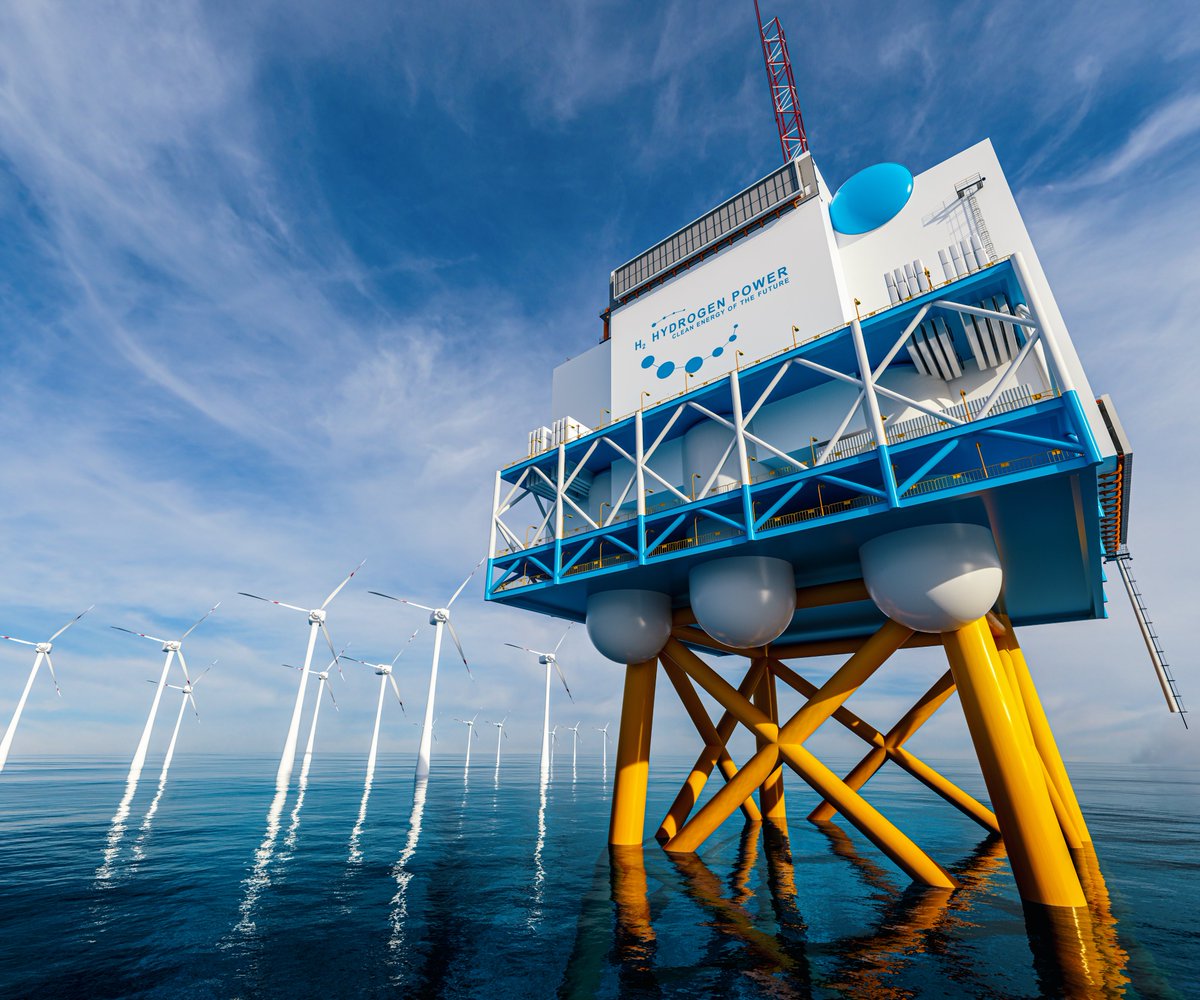
Wondering what is the role of hydrogen in our new @IEA #NetZero2050Roadmap? Here I’ll try to summarise the key findings and some critical #milestones that we should achieve in the way towards Net Zero 🧵. More details 👉 iea.org/reports/net-ze… (1/7) 

Today, global H2 demand is around 90 Mt. This demand should expand to 200+ Mt in 2030 and 500+ Mt in 2050. Most of this demand comes from new uses in heavy transport, production of H2-derived fuels (for shipping and aviation), industry or flexible power generation (2/7) 

H2 and H2-derived fuels should meet 13% of total final energy use, becoming major fuels in sectors where today they play a negligible/none role. H2 and NH3 could meet 60%+ of energy demand in shipping and synthetic fuels could meet 1/3 of energy demand in aviation (3/7) 

But expanding H2 use is not enough. We need to quickly decarbonise H2 production. Less than 10% of H2 is produced with low-carbon technologies today. By 2030, the share of low-carbon H2 should reach 70% and practically all H2 should be low-carbon by 2050 (4/7) 

Electrolysis capacity should expand from 250 MW today to 850 GW by 2030, 8 times larger than what we could reach with the current pipeline of projects (110 GW). Difficult, but not impossible. We must repeat the history of scaling up in ambition of solar PV, for example (5/7)
And remember, the success of H2 is a story about INNOVATION💡. Today, low-carbon H2 is more costly than fossil-based H2 and the majority of demand technologies (responsible of 75% of H2-related cumulative emissions reductions in NZE) are at demonstration/prototype stage (6/7)
We have a lot of work in front of us and no time to lose. @IEA will remain committed to provide government and industry with the best data and analysis to take informed decisions. On hydrogen, stay tuned for September, when we will release our first Global Hydrogen Review (7/7)
• • •
Missing some Tweet in this thread? You can try to
force a refresh



